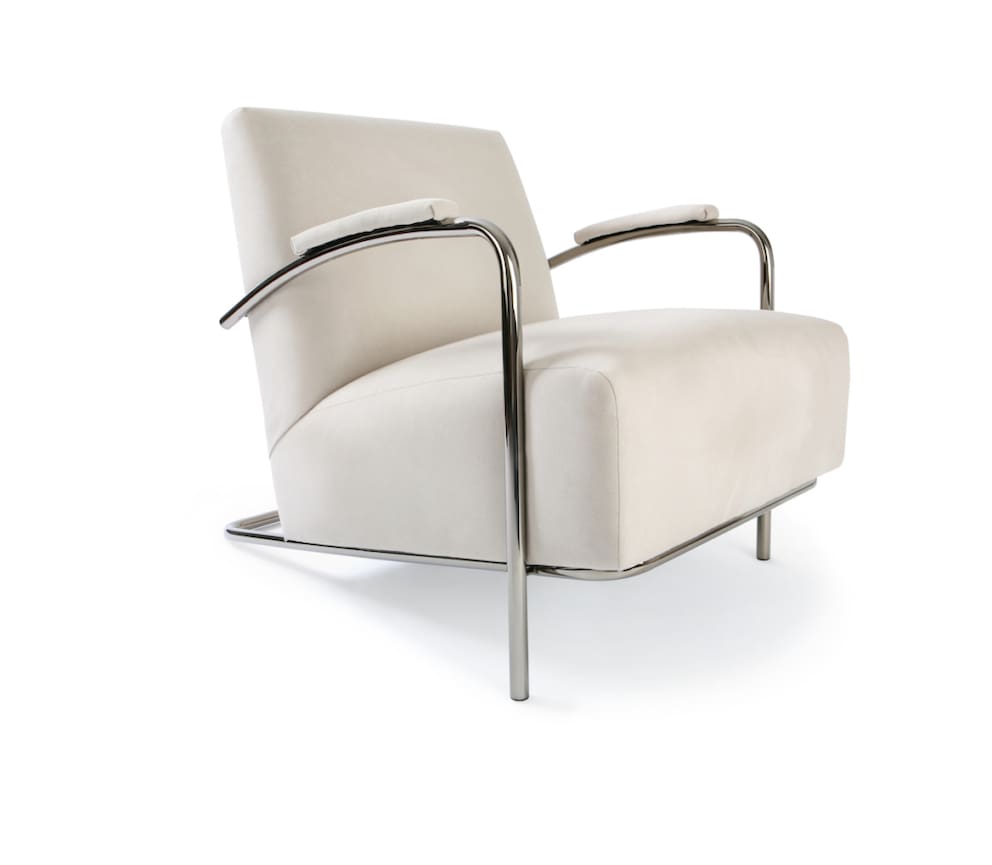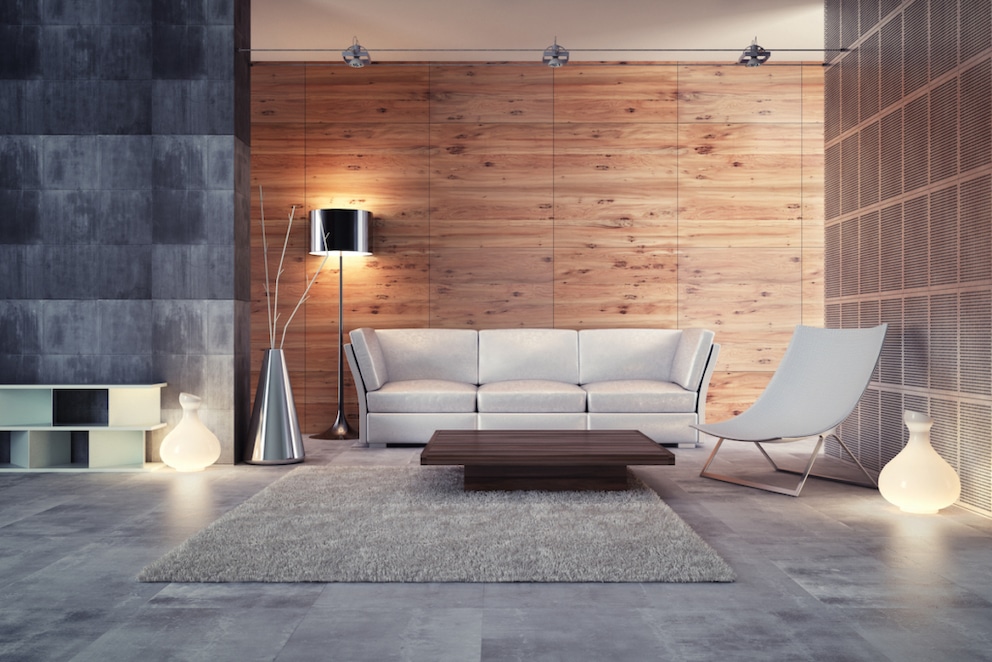December 4, 2023, 10:14 am | Read time: 3 minutes
Interior design enthusiasts have likely noticed: Chrome is back! Everywhere you look, chrome items are adding highlights to home decor. And it’s not the first time chrome has been in vogue.
For many years, chrome was seen only on fixtures in kitchens and bathrooms until copper, brass, or matte black handles began to offer plenty of competition in those spaces. But now, the mirrored surface with its decorative character is making a comeback in living spaces. What’s behind the current trend surrounding chrome?
A Story with Many Acts
The history of chrome can be described as mixed. It began in the 1920s with the Bauhaus school. Many students of that time produced numerous classic pieces of furniture. Two of these design pioneers were Ludwig Mies van der Rohe and Marcel Breuer. Both were known for their groundbreaking designs of the first cantilever chairs, S-shaped chairs with chrome frames. Soon, table lamps, side tables, and other seating furniture from other renowned designers followed.
Later, in the 1960s, chrome furniture frames experienced another hype. The same happened in the 1990s when every trendy office setup suddenly featured chrome or living rooms had glass tables with mirrored bases. Over time, the demand for chrome experienced constant ups and downs, but in recent decades it became noticeably quiet. No wonder, as chrome furnishings were downright frowned upon and considered a sign of poor taste.
Chrome Makes a Comeback

Currently, the enthusiasm for the chrome look is striking again. It’s no wonder that the sideboards from “USM Haller” are so enormously popular right now. With its mirrored frame and iconic ball joint, chrome is an essential component of the hyped piece of furniture. The ‘Componibili’ model from “Kartell,” a classic among side tables, is also frequently seen on social media, especially in its chrome version. What shouldn’t be missing? Of course, mushroom-shaped table lamps like those from the Danish design label “&tradition.”
And the cantilever chairs, with which it all began, have also returned. The difference now is that they are often found in mixed ensembles, with chair and armchair models of other styles. And instead of the classic black or white seat and back surfaces, cognac or cream-colored leather covers are now preferred. The uniform look of former table-chair sets is now a thing of the past.

How the Iconic “Togo” Sofa Revolutionized the Furniture Market

Furniture Trends 2024

The Barcelona Chair and Its Royal History
Why Chrome Is Not a Lasting Trend

Clearly, chrome currently hits the zeitgeist. Not only does the silvery-white shiny material seem timeless in its style, but its slight shimmer also always appears elegant. Two reasons that speak for chrome and make it ideal for minimalist interiors. A chrome object quickly becomes a statement piece in the room – what more is needed?
Moreover, such a neutral surface is easy to combine. With natural materials like wood, cork, or rattan, exciting contrasts arise, while looks with glass or natural stone appear sober yet also exceptionally elegant. Completely uncomplicated, however, is the combination with any color. But despite all the current trend promises, it is still expected that chrome will not become a long-lasting trend this time either. It is unlikely to break through because chrome still polarizes. Then as now, the mirrored look is not to everyone’s taste – and thus, chrome is certainly not a lasting trend.

